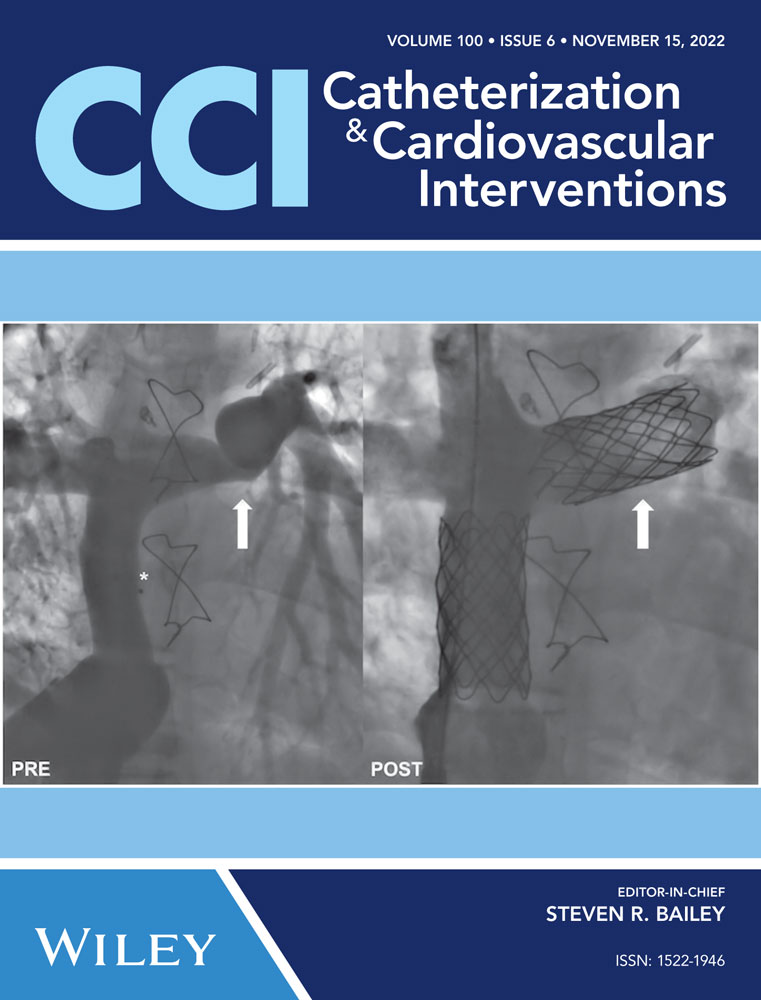Peripheral arterial disease and multisite atherosclerosis in patients undergoing percutaneous coronary intervention
Key Points
-
Atherosclerosis is a systemic disease and frequently coronary artery disease is intertwined with peripheral arterial disease (PAD).
-
This large study showed that PAD and its extension (multisite atherosclerosis) negatively affects the risk of in-hospital mortality in patients with coronary artery disease undergoing PCI.
-
PAD status and its extension in the principal vascular territories should be carefully assessed during hospitalization for coronary revascularization and should be regarded as important risk factors.




